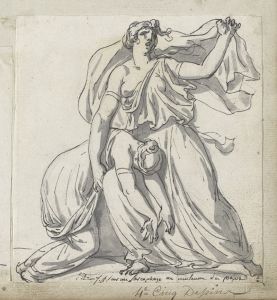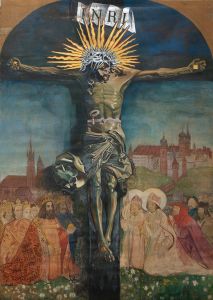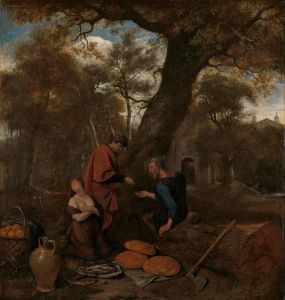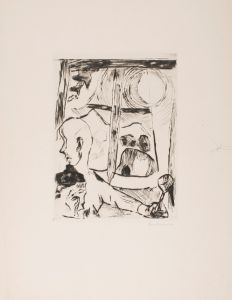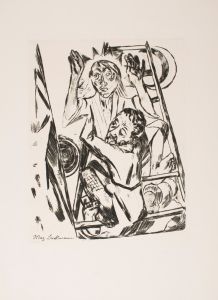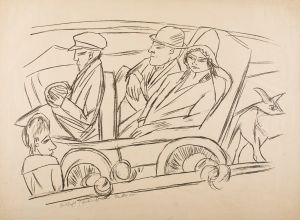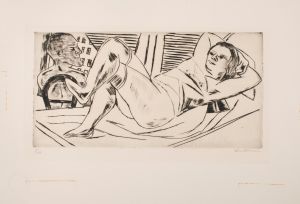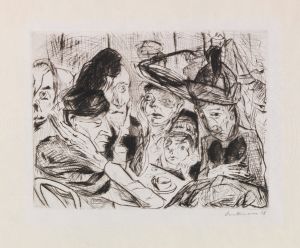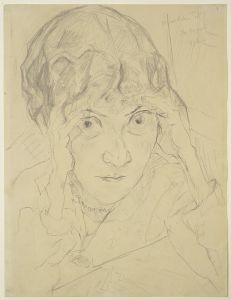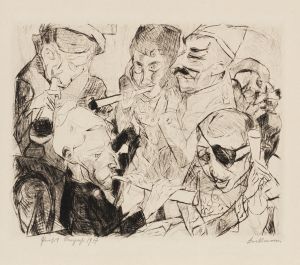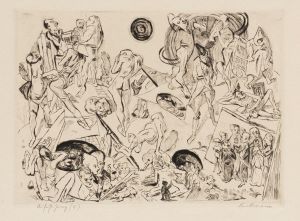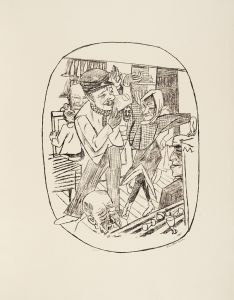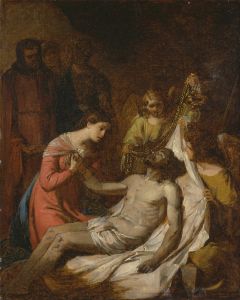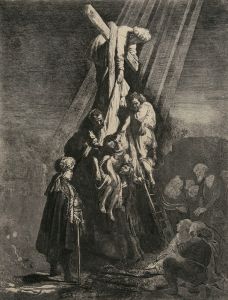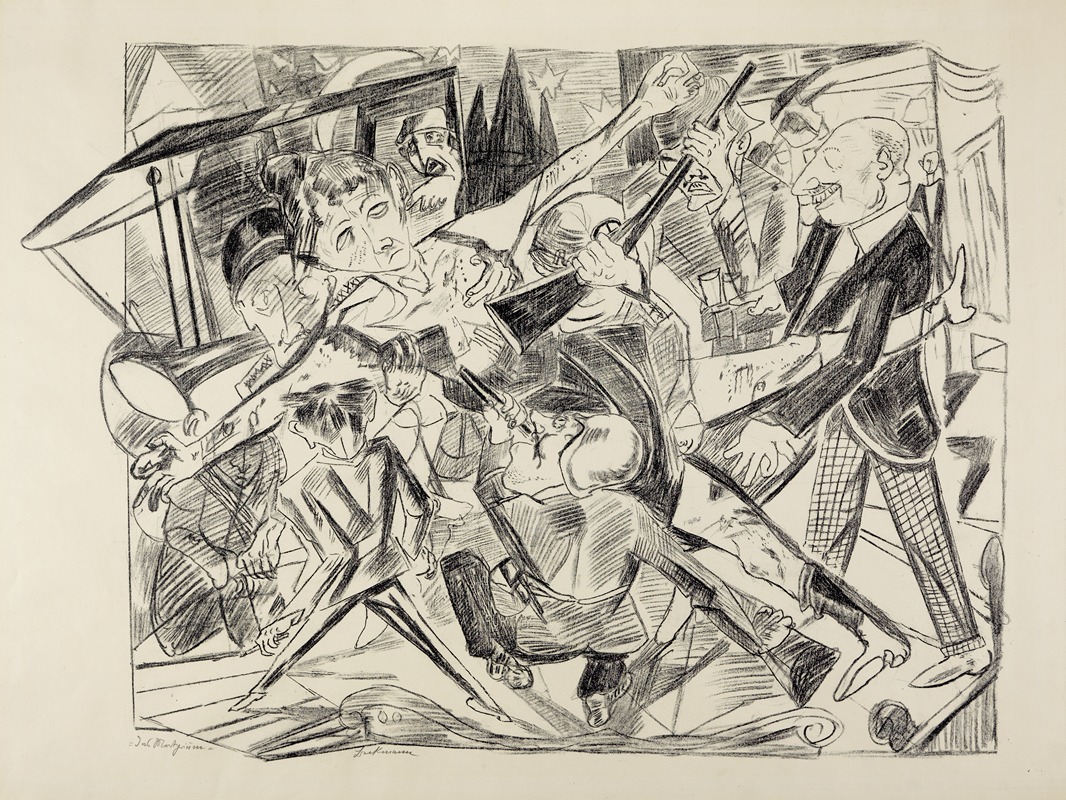
Das Martyrium
A hand-painted replica of Max Beckmann’s masterpiece Das Martyrium, meticulously crafted by professional artists to capture the true essence of the original. Each piece is created with museum-quality canvas and rare mineral pigments, carefully painted by experienced artists with delicate brushstrokes and rich, layered colors to perfectly recreate the texture of the original artwork. Unlike machine-printed reproductions, this hand-painted version brings the painting to life, infused with the artist’s emotions and skill in every stroke. Whether for personal collection or home decoration, it instantly elevates the artistic atmosphere of any space.
Max Beckmann's "Das Martyrium" is a significant work by the German painter, who is renowned for his contributions to the Expressionist movement. Beckmann, born in 1884 in Leipzig, Germany, is known for his vivid and often dramatic depictions of the human condition, frequently exploring themes of suffering, existential angst, and the complexities of modern life. His works are characterized by bold colors, strong lines, and a unique blend of realism and abstraction.
"Das Martyrium," which translates to "The Martyrdom," is a painting that reflects Beckmann's deep engagement with the themes of human suffering and sacrifice. Although specific details about this particular painting are scarce, Beckmann's oeuvre often includes religious and mythological references, which he used to comment on contemporary social and political issues. His works from the period when "Das Martyrium" was created often reflect the tumultuous times of early 20th-century Europe, marked by the aftermath of World War I, the rise of totalitarian regimes, and the onset of World War II.
Beckmann's style during this period was heavily influenced by his personal experiences and the broader socio-political context. Having served as a medical orderly during World War I, Beckmann was deeply affected by the horrors of war, which left a lasting impact on his artistic vision. His paintings frequently depict scenes of chaos, violence, and the struggle for survival, often using religious iconography to draw parallels between historical martyrdom and contemporary suffering.
In "Das Martyrium," Beckmann likely employs his characteristic use of bold, expressive lines and a somber color palette to convey the intensity of the subject matter. His figures are often depicted in contorted, dramatic poses, emphasizing their emotional and physical turmoil. This approach is consistent with Beckmann's broader artistic goals, which sought to capture the psychological depth and complexity of his subjects.
Beckmann's work, including "Das Martyrium," is often seen as a response to the dehumanizing forces of his time. His paintings serve as a critique of the societal and political structures that perpetuate suffering and injustice. By drawing on religious themes, Beckmann not only connects his work to a long tradition of Western art but also invites viewers to reflect on the moral and ethical dimensions of human suffering.
Throughout his career, Beckmann's art was both celebrated and controversial. During the Nazi regime, his work was labeled as "degenerate art," and he was forced to flee Germany in 1937. Despite these challenges, Beckmann continued to produce powerful and thought-provoking art until his death in 1950.
While specific information about "Das Martyrium" is limited, the painting can be understood within the broader context of Beckmann's artistic legacy. His work remains influential, offering a poignant exploration of the human condition and the enduring themes of suffering, sacrifice, and redemption. Beckmann's ability to capture the complexities of his time through a unique blend of expressionism and realism ensures his place as a pivotal figure in 20th-century art.





